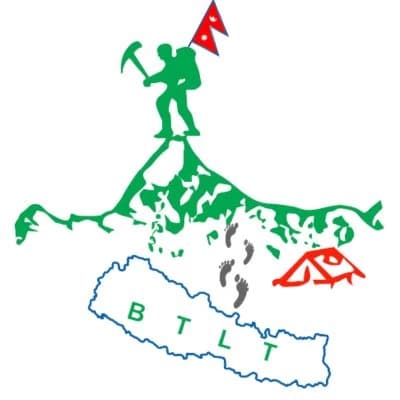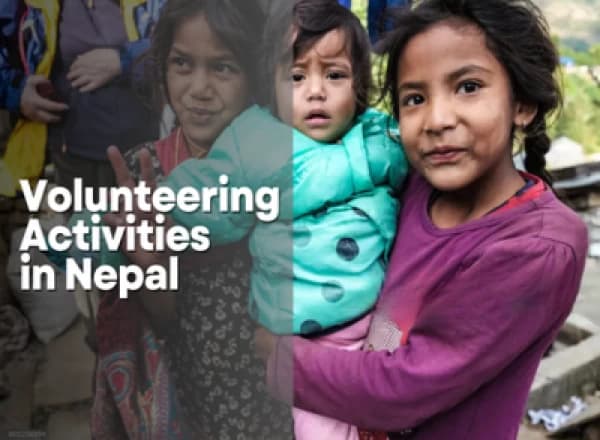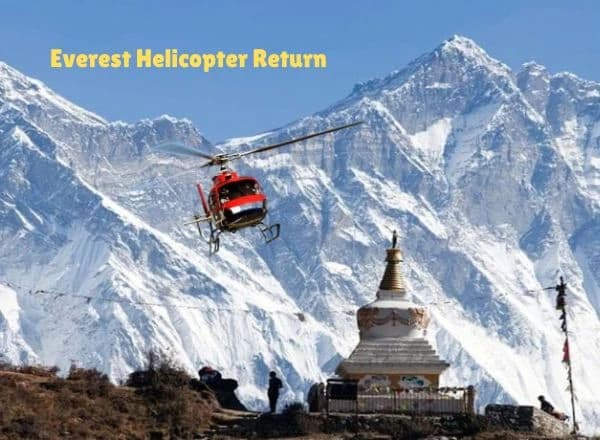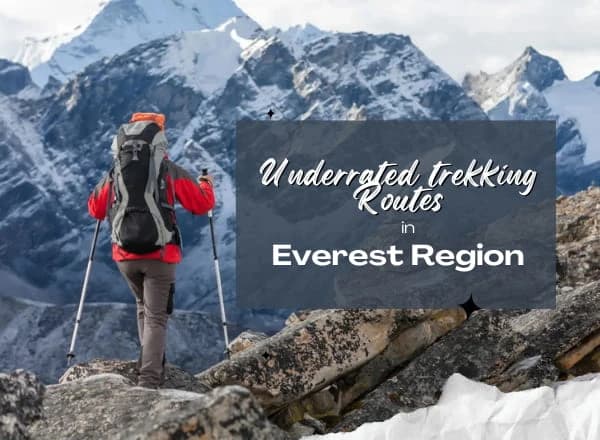Historical Background of the Sherpas:
The Sherpas originally came from eastern Tibet over 600 years ago, moving from Tibet through the Himalayas to settle in the Khumbu region of Nepal. In the Tibetan language, shar means (east) Pa means People. This means people from the East, the Sherpa people, known for their strength and ability to adapt to high altitudes, they quickly became integral to mountaineering in the Himalayas. Their deep knowledge of the local geography and weather patterns made them invaluable as guides and porters on expeditions.
As climbing Everest gained popularity, the Sherpas’ role evolved significantly. They now lead expeditions, carry essential loads, set up camps, and ensure climbers' safety on the mountain. Their expertise is not just about navigating the terrain; it’s about understanding the risks and making crucial decisions to protect the lives of those they guide. This combination of skills and local knowledge positions the Sherpas as essential figures in Everest expeditions.
Sherpa Culture
The Sherpa culture, deeply influenced by Tibetan Buddhism, plays a significant role in their mountaineering practices. Their traditions, rituals, and festivals, such as the Mani Rimdu, celebrate their spiritual connection to the mountains, which they consider sacred. Before embarking on expeditions, Sherpas often perform Puja ceremonies to seek blessings from the mountain gods for safety and success. This cultural backdrop not only enriches their community life but also integrates a profound sense of respect and reverence towards the Himalayas in their work.
Notable Sherpas and Their Achievements in Everest History:

Notable Sherpas have left an indelible mark on Everest’s climbing history through their remarkable achievements. Tenzing Norgay Sherpa, who reached the summit of Everest with Sir Edmund Hillary in 1953, is among the most celebrated. His success brought worldwide attention to the Sherpas’ critical role in Himalayan expeditions. Following him, Apa Sherpa and Phurba Tashi Sherpa Mendewa have achieved numerous ascents, with Apa reaching the summit 21 times, setting a record for the most climbs of Everest. These achievements highlight the Sherpas' extraordinary climbing skills and endurance.
Everest. Climbing the world’s highest peak involves dealing with extreme weather, the threat of avalanches, and the dangers of icefall crossings. These risks put Sherpas, who often lead the way and carry heavy loads, in harm's way more frequently than the climbers they guide.

Additionally, the Sherpa community’s economy heavily depends on the climbing industry. While this provides vital income, it also ties their well-being closely to the fluctuating demands of global tourism. This reliance can lead to economic instability when climbing seasons are affected by bad weather, natural disasters, or global events that reduce tourist numbers.
Moreover, tourists and climbers impacts the local culture and environment, challenging the preservation of Sherpa traditions and the sustainability of the Himalayan ecosystem. These factors combine to create a complex web of challenges that the Sherpa community navigates in the shadow of Everest.
Not All Sherpas Are Mountaineers
While the Sherpa name is often associated with climbing and guiding in the Himalayas, it’s important to remember that Sherpa is an ethnic group with a rich culture extending beyond mountaineering. Many Sherpas work in agriculture, run businesses, and have professions in education and healthcare within their communities. Their knowledge of the mountains does play a crucial role in guiding trekkers and climbers, but their society is diverse, with varied roles and occupations contributing to the fabric of their community life in the Everest region. This diversity enriches the Sherpa culture, making it more than just about climbing.
Conservation Efforts and Sustainable Tourism:
The Sherpa community plays a vital role in conservation efforts and promoting sustainable tourism in the Everest Region. Understanding the delicate balance of their environment, Sherpas actively participate in projects aimed at protecting the Himalayas. They lead clean-up expeditions to remove waste from Everest's trails and base camp, helping to maintain the pristine nature of the mountains. Additionally, Sherpas are involved in reforestation projects to combat deforestation and preserve the habitat of local wildlife.
Sherpas also educate climbers and trekkers about minimizing their ecological footprint, advocating for practices such as carrying out all trash, using solar energy, and respecting wildlife. Through these efforts, the Sherpa community not only safeguards the Himalayan environment but also ensures that tourism remains sustainable for future generations. Their commitment to conservation underscores the importance of responsible travel and the need to protect the natural beauty of the Everest Region.
The Future of Sherpas in the Everest Region:
The future of Sherpas in the Everest Region reflects a balance between evolving mountaineering roles and preserving cultural heritage amid modernization. As tourism grows, Sherpas are expanding their roles, integrating conservation and sustainable tourism practices with traditional guiding. This adaptation ensures the survival of their rich culture and deep-rooted respect for the mountains.
Education plays a key role, with efforts focused on passing down Sherpa traditions and knowledge to younger generations. This approach aims to maintain the Sherpa identity while embracing necessary changes, highlighting the community’s commitment to protecting the Everest Region's natural beauty and cultural integrity for future generations.
BTLT for Everest Region Treks and Sherpa Culture Exploration:
Treks to Ethe verest Region offer an unparalleled opportunity to not only witness the majestic beauty of the Himalayas but also to immerse oneself in the rich Sherpa culture that is integral to this landscape. Understanding the Sherpa way of life, their traditions, and their pivotal role in mountaineering provides a deeper, more meaningful trekking experience. It’s about connecting with the land and its people, gaining insights into the resilience and spirit that define the Sherpas.
Beyond The Limits Treks offers treks that honor and celebrate the Sherpa culture, ensuring travelers not only explore the breathtaking trails of the Everest Region but also connect with the heart and soul of its communities. Our expertly guided tours are crafted to foster authentic experiences, respecting the environment and the Sherpa's way of life.
Contact us today and make every journey a step towards sustainable and culturally enriched exploration.
Some More Quick Information about The Sherpas:
1) What are Sherpas on Everest?
✔ Sherpas are an ethnic group from the mountainous region of Nepal, within the Himalayas. In the context of Everest, they are renowned for their expertise in mountaineering and guiding trekkers and climbers to the summit.
2) Who are the Sherpas in the Himalayas?
✔ The Sherpas are a community that lives primarily in the eastern regions of Nepal. They have a rich cultural heritage and are famous for their exceptional climbing skills and knowledge of the Himalayas, making them indispensable to mountaineering expeditions.
3) What is the role of Sherpas on Mount Everest?
✔ On Mount Everest, Sherpas serve as guides, porters, and climbers. They are responsible for setting up camps, carrying supplies, fixing ropes, and leading the way through dangerous parts of the climb, ensuring the safety and success of the expeditions.
4) What is the name of the trek to Everest Base Camp?
✔ The trek is commonly known as the Everest Base Camp Trek. It’s a popular route that allows trekkers to experience the beauty of the Himalayas and the culture of its people, culminating at the base of the world's highest peak.
5) Who can do the Everest Base Camp Trek?
✔ The Everest Base Camp Trek is suitable for individuals who are in good health, have a moderate to high level of fitness, and are prepared for the physical and mental challenges of high-altitude trekking. Proper acclimatization and preparation are crucial.
6) Can Sherpas be female?
✔ Sherpas can be female. Although male Sherpas are more commonly seen in guiding roles, there are female Sherpas who work as mountain guides and porters. The number of female Sherpas participating in expeditions is growing.
7) What do Everest Sherpas get paid?
✔ The pay for Everest Sherpas varies widely depending on their role, experience, and the duration of the expedition. On average, a Sherpa working on Everest can earn between $3,000 to $5,000 during the climbing season, which is significantly higher than the average income in Nepal. Some experienced Sherpas in high-demand roles may earn more.
More Interesting Blogs:








